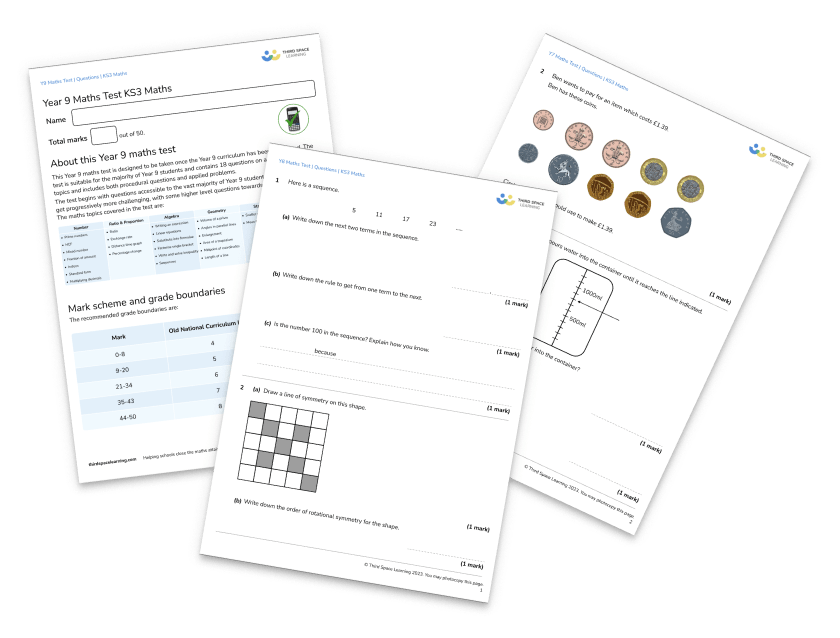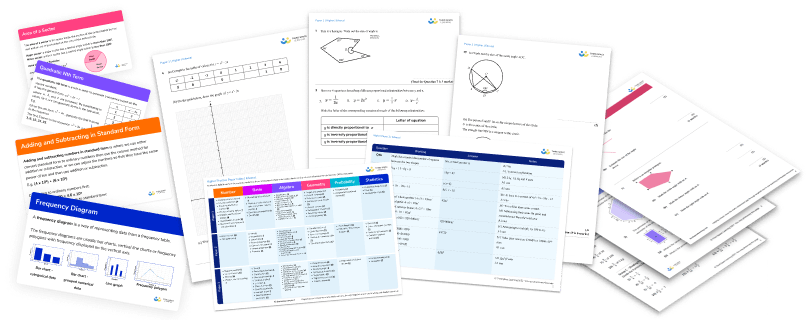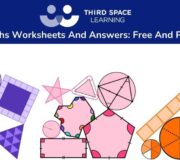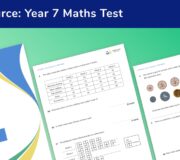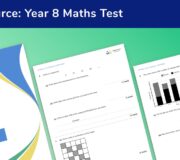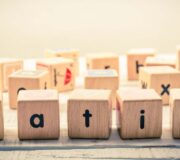Free Year 9 Maths Test with Answers And Mark Scheme
This Year 9 maths test is perfect for assessing your students’ skills and maths knowledge. Including all the critical topics from the KS3 maths curriculum, this test is suitable for the majority of Year 9 students. The test includes both procedural questions and applied problems.
This test is designed to be taken at the end of year 9. If you’re looking for a test for the start of year 9, we recommend you download the free year 8 maths test instead as it will provide a much fairer assessment of what students know.
What topics are likely to be covered in Year 9 maths
In Year 9 maths, students will build on all of the topics that are covered in Year 8. The topics cover a broad range of maths skills across:
- Number
- Algebra
- Ratio and proportion
- Geometry
- Statistics
- Probability
New topics that may be introduced for the first time in Year 9 include:
- Standard form
- Significant figures
- Direct and inverse proportion
- Quadratics
- Pythagoras theorem
- Trigonometry
- Combined events probability
- Averages from a frequency table
You can check out our comprehensive revision guides and worksheets for the new topics covered in Year 9 here:
- Standard form
- Significant figures
- Direct and inverse proportion
- Quadratics
- Pythagoras theorem
- Trigonometry
- Combined events probability
- Averages from a frequency table
Year 9 Maths Test
Download a free end of Year 9 maths test with 18 practice maths questions. Includes answers and mark scheme.
Download Free Now!Year 9 maths questions
Students in Year 9 are expected to answer a variety of questions. Some questions will be procedural and will focus on learning and practising new methods. Other questions will ask students to apply their knowledge to solve problems.
By Year 9, students should be comfortable with basic mental and written methods for calculating with integers, fractions, decimals and percentages. They should be familiar with applying these to a variety of multi-step problems and can be challenged to use these to solve problems that involve multiple topics.
About this Year 9 maths test
Our Year 9 test contains 18 questions of increasing difficulty. The test begins with questions accessible to the vast majority of Year 9 students and the questions get progressively more challenging, with some higher level questions towards the end of the test. The maths topics covered in the test are:
| Number | Ratio & proportion | Algebra | Geometry | Statistics | Probability |
| Prime numbers HCF Mixed number Fraction of amount Indices Standard form Multiplying decimals | Ratio Exchange rate Distance time graph Percentage change | Writing an expression Linear equations Substitute into formulae Factorise single bracket Write and solve inequality Sequences | Volume of a prism Angles in parallel lines Enlargement Area of a trapezium Midpoint of coordinates Length of a line | Scatter graphs Mean from a table | Tree diagram |
The total number of marks available for the test is 50 and each question is worth between 1 and 3 marks. There are a range of question styles, including procedural questions, reasoning questions, multi-step applied questions and ‘show that’ questions. The mix of questions is similar to the mix that would be found in a GCSE maths exam paper.
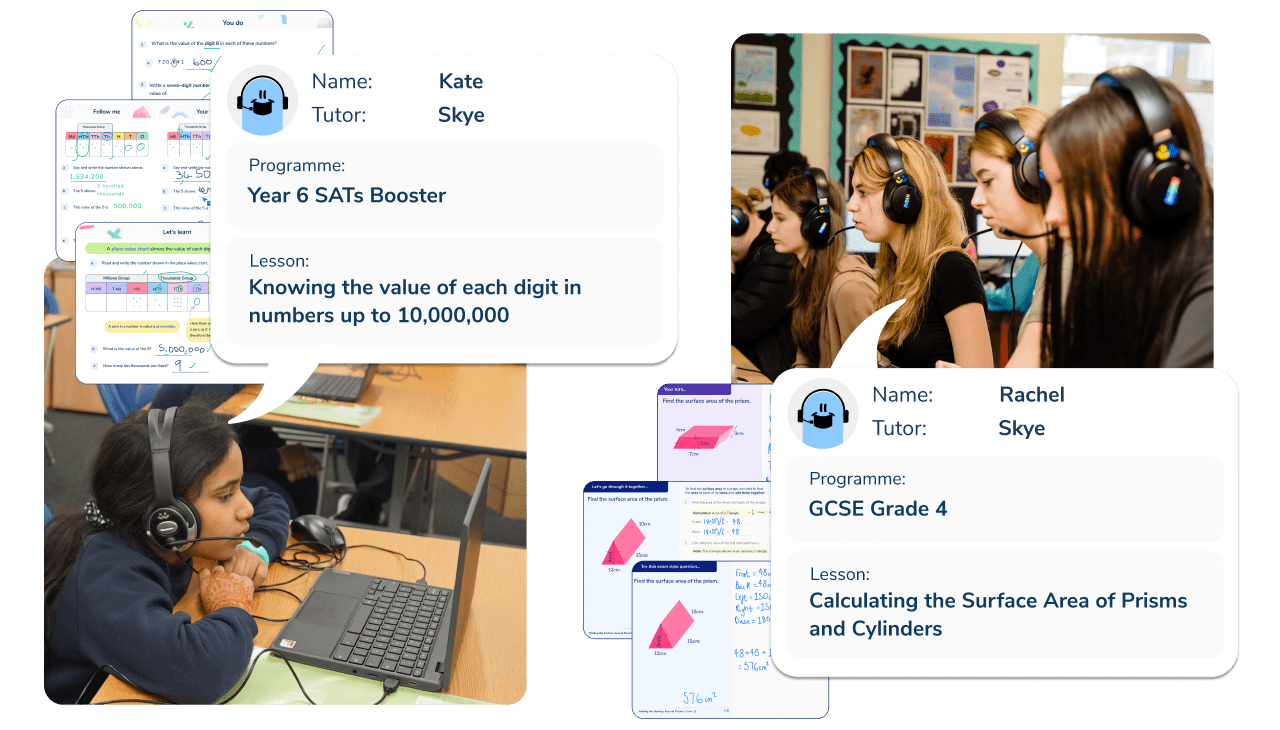
Meet Skye, the voice-based AI tutor making maths success possible for every student.
Built by teachers and maths experts, Skye uses the same pedagogy, curriculum and lesson structure as our traditional tutoring.
But, with more flexibility and a lower cost, schools can scale online maths tutoring to support every student who needs it.
Watch Skye in actionHow to use this Year 9 maths test
- Use as an end of year test, once students have covered the KS3 curriculum.
- The test is suitable for the majority of Year 9 students and contains questions on a wide variety of topics and includes both procedural questions and applied problems.
- The test is one hour long, enabling it to be sat within a single lesson.
- Students may use a calculator.
- Encourage students to show all their working.
- Use the data collected on the attainment of your students to inform your next steps.
The summer term of Year 9 signals the end of KS3 and students’ transition to KS4 and GCSEs. The nature of maths is cumulative so if a child does not have a solid understanding of essential foundational concepts from KS3, they will struggle to keep up at KS4 and fall further behind.
End of year tests, such as ours, can offer a wealth of information for teachers, subject leads and SLT on the progress of a cohort. Use the data from this Year 9 test to identify topics for KS4 teachers to focus on and to identify groups and individual students who may need additional support.
You can also feedback to students individually or using whole class feedback so they know the areas they need to focus on as they move up the school.
Mark scheme and grade boundaries
There is a mark scheme provided with the test, including a breakdown of marks when a question is worth more than one mark.
The recommended grade boundaries are:
| Mark | Old National Curriculum Level | New GCSE grade |
| 0-8 | 4 | 1 |
| 9-20 | 5 | 2 |
| 21-34 | 6 | 3 |
| 35-43 | 7 | 4 |
| 44-50 | 8 | 5 |
Year 9 maths test
Questions for our Year 9 maths test follow. Don’t forget to download the free Year 9 maths test for the answers and mark scheme to accompany these questions.
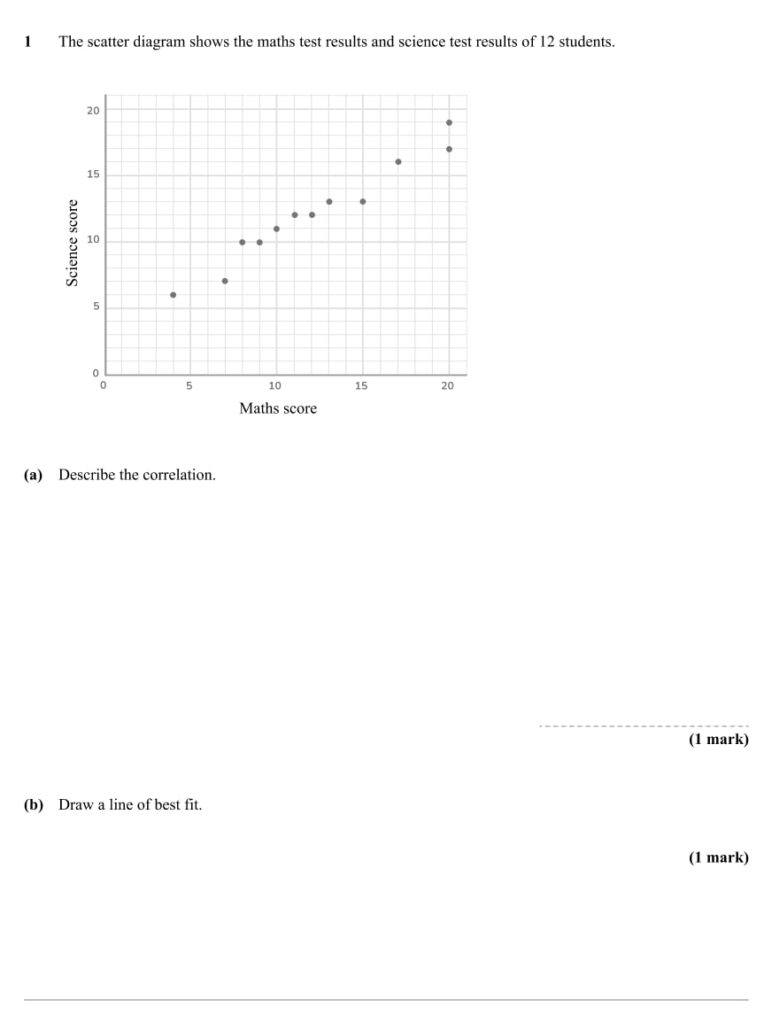
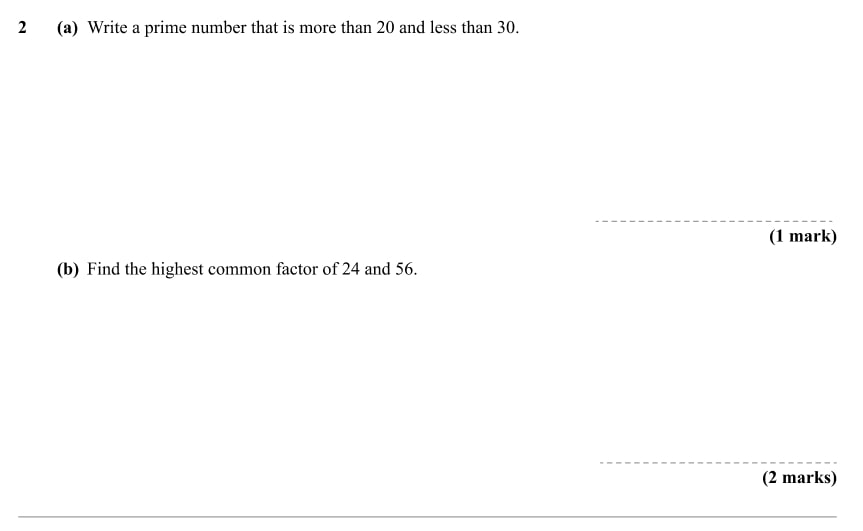
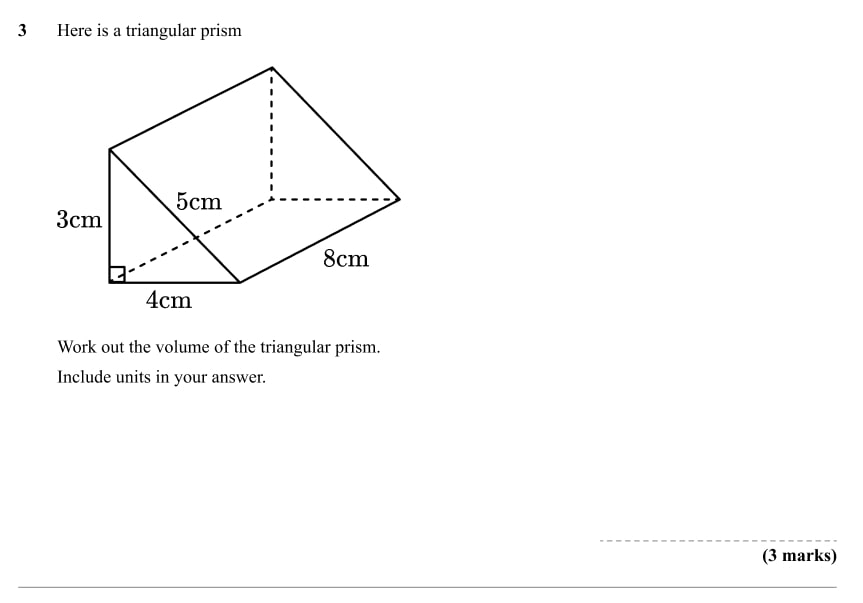
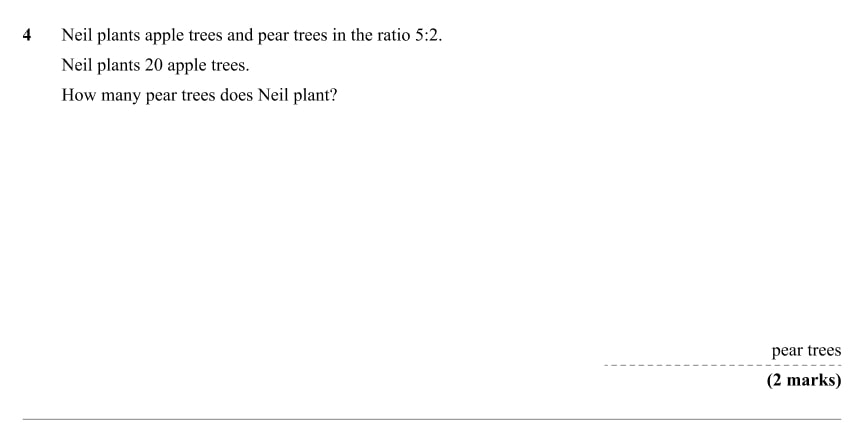
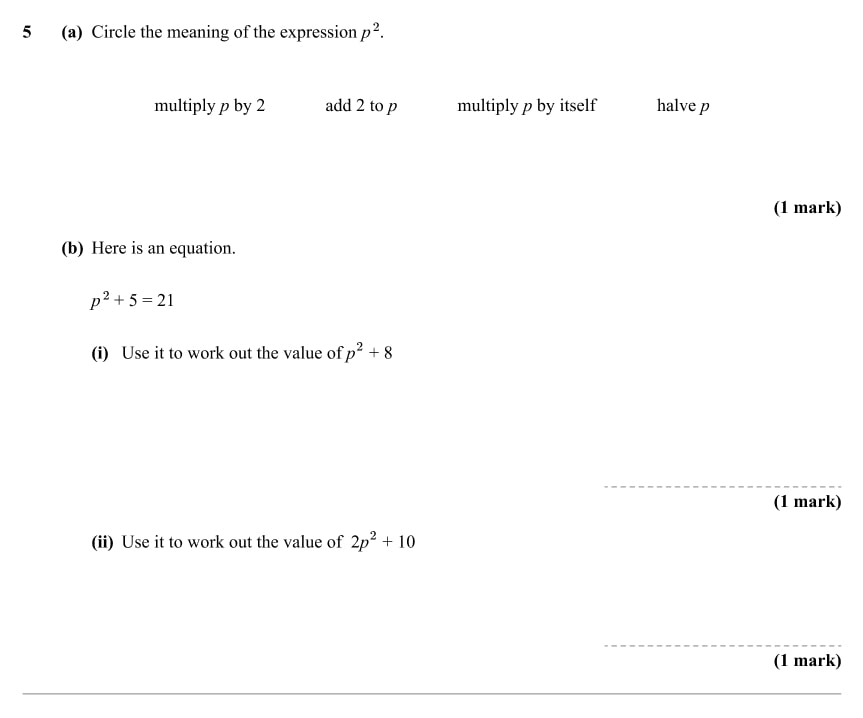
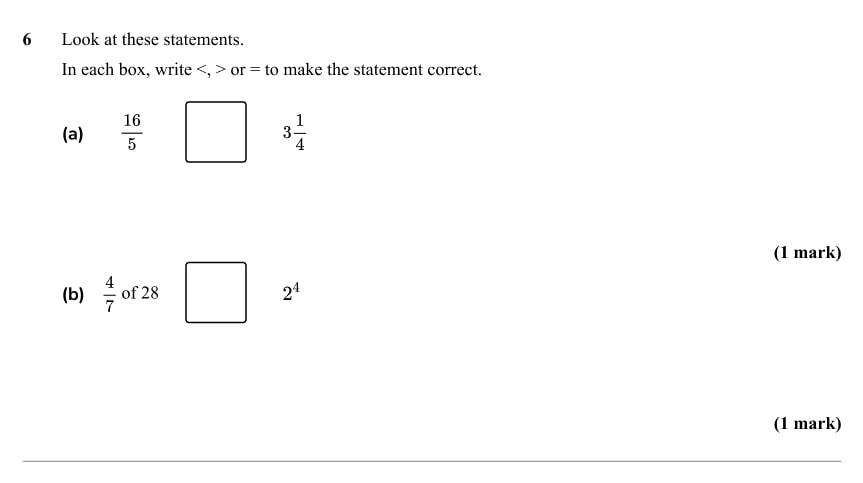
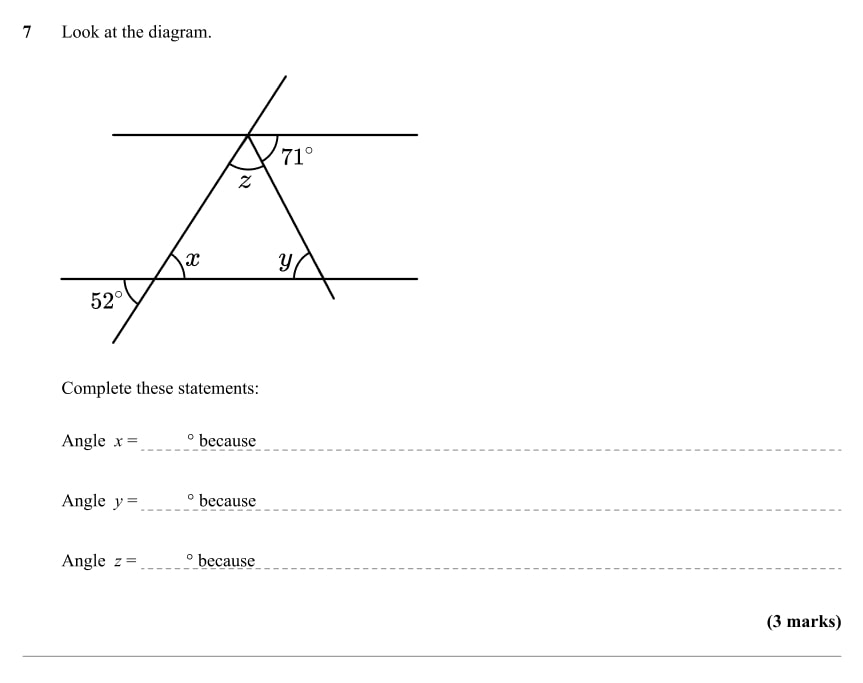
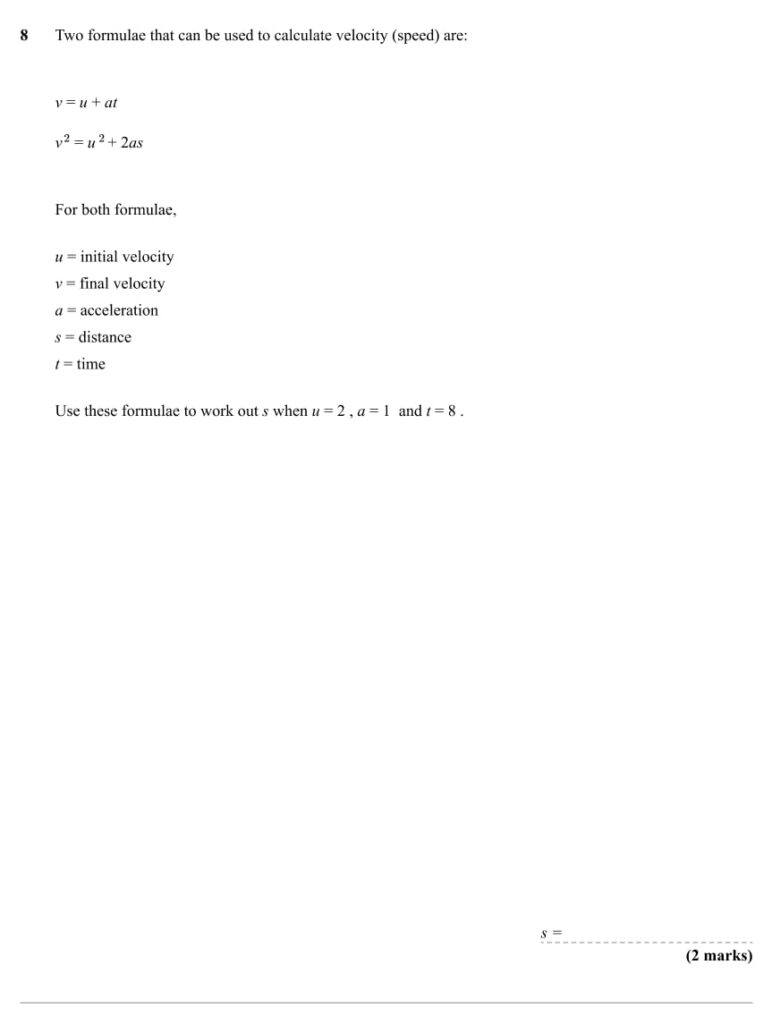
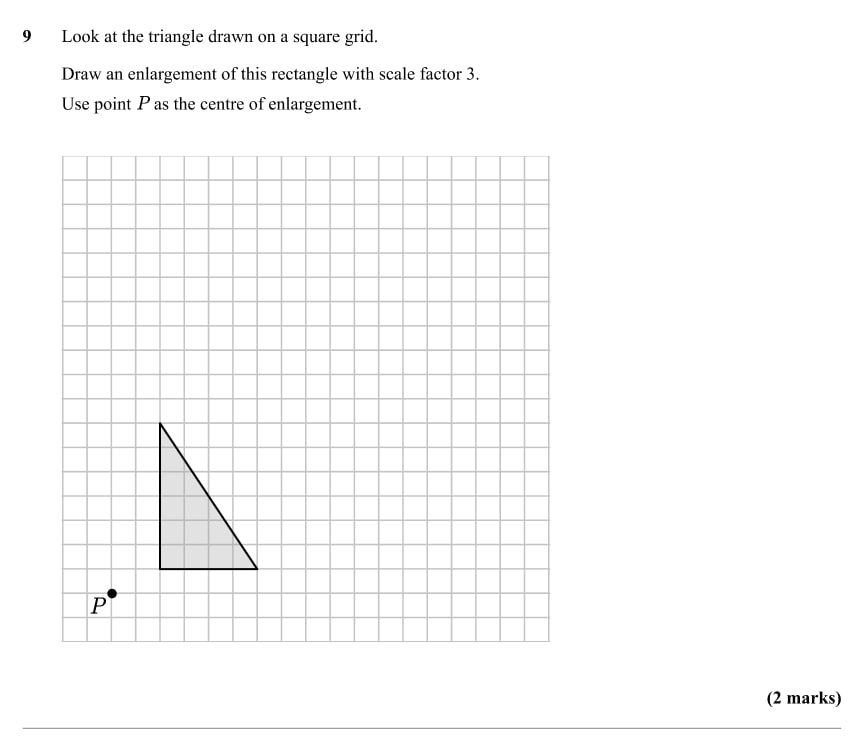
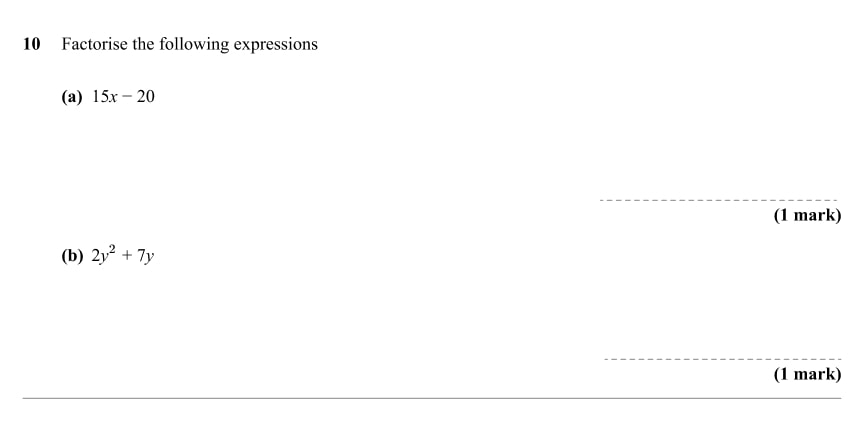
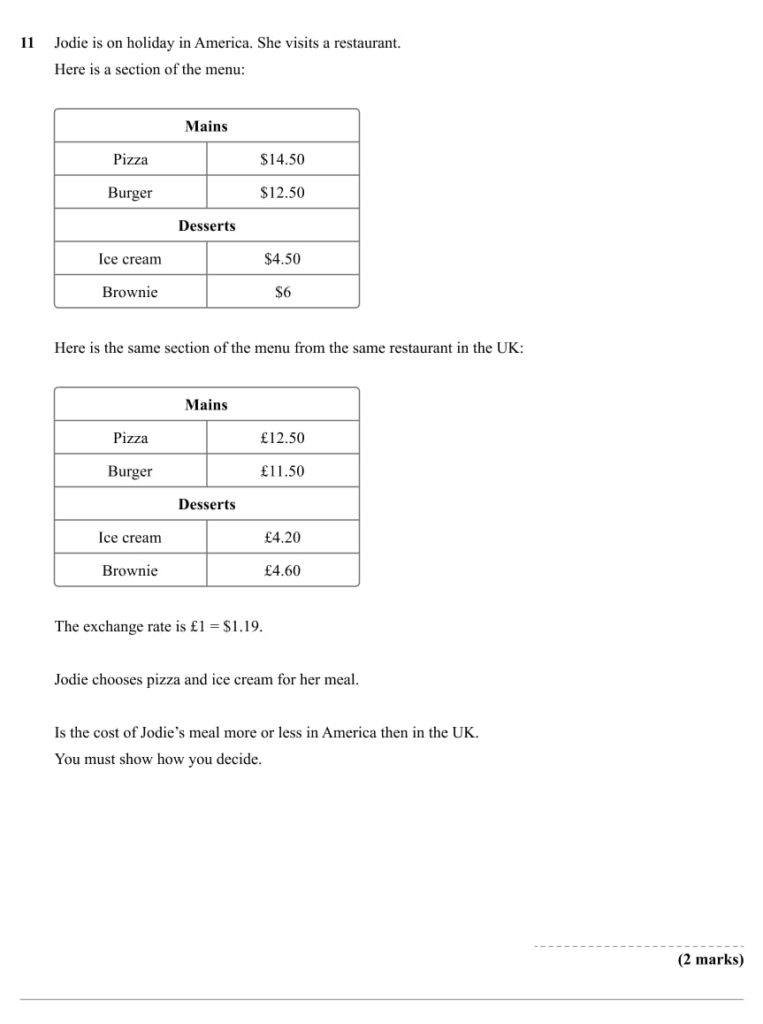
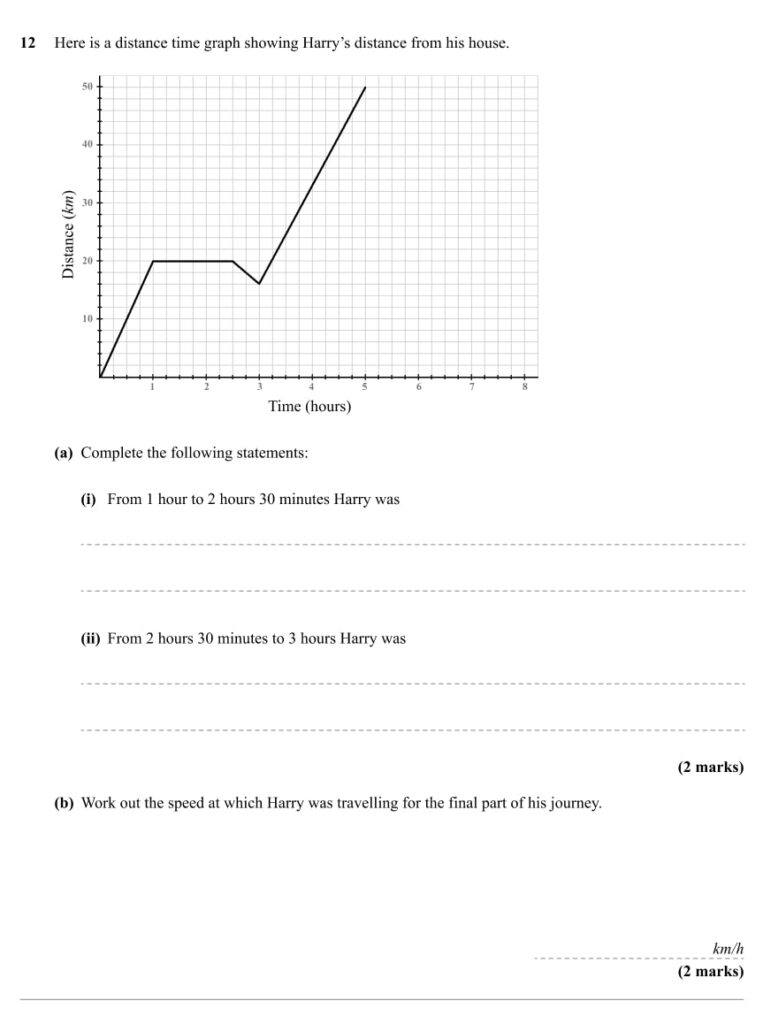
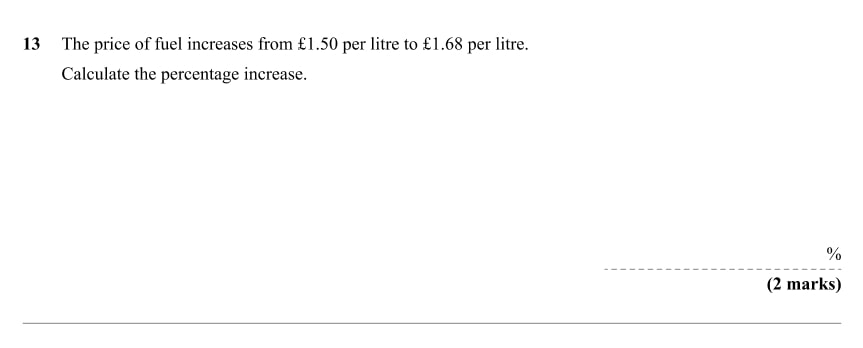
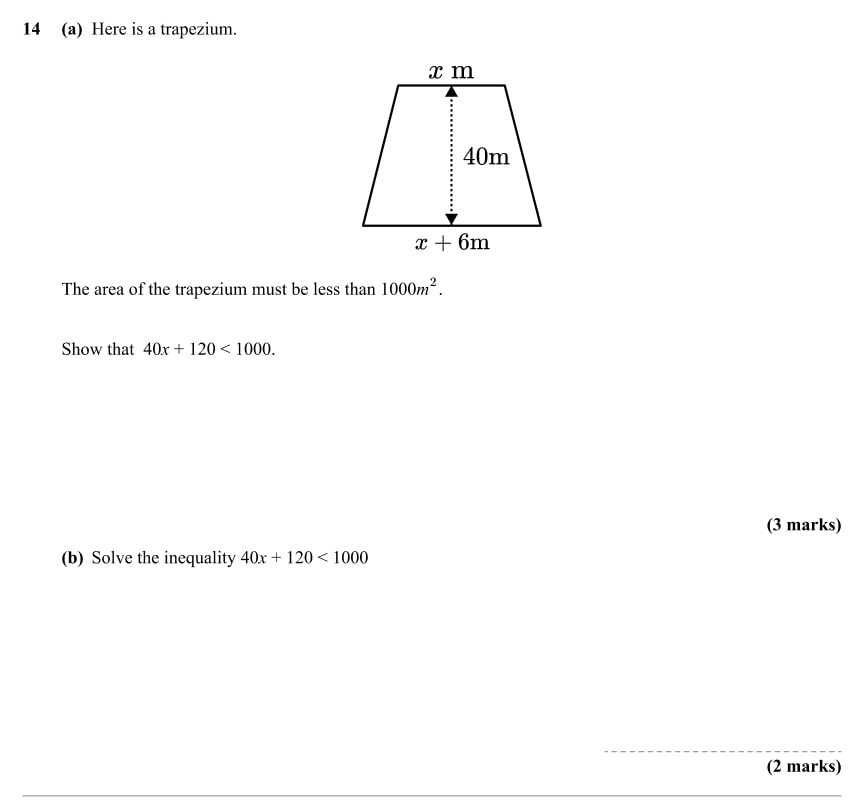
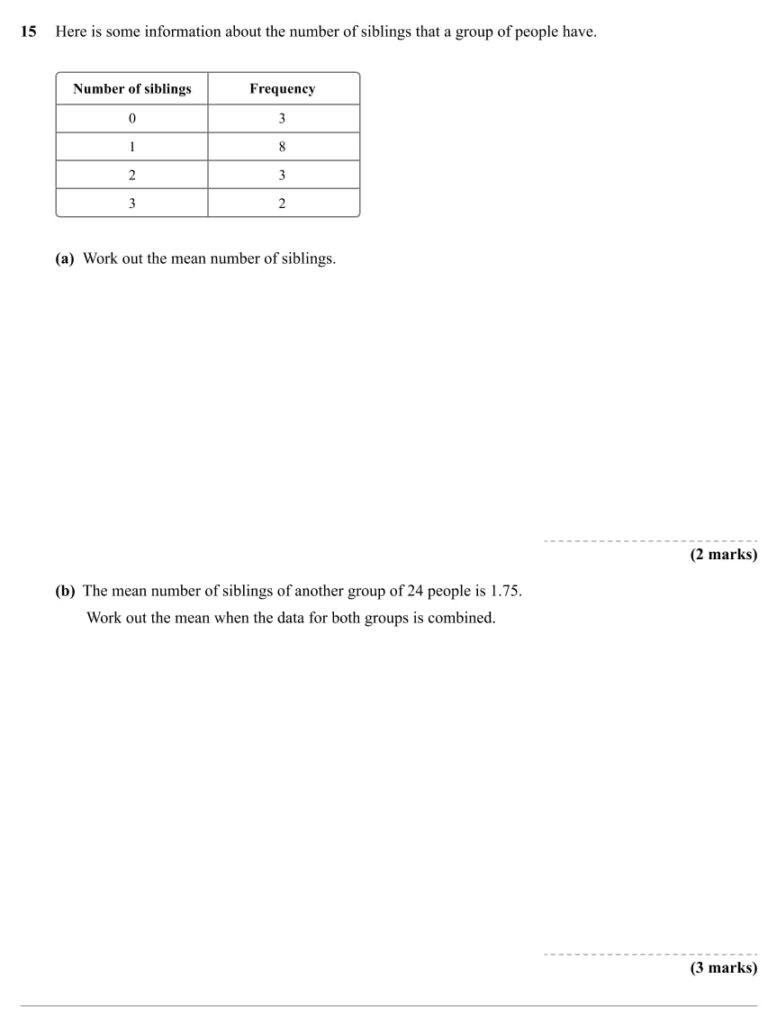
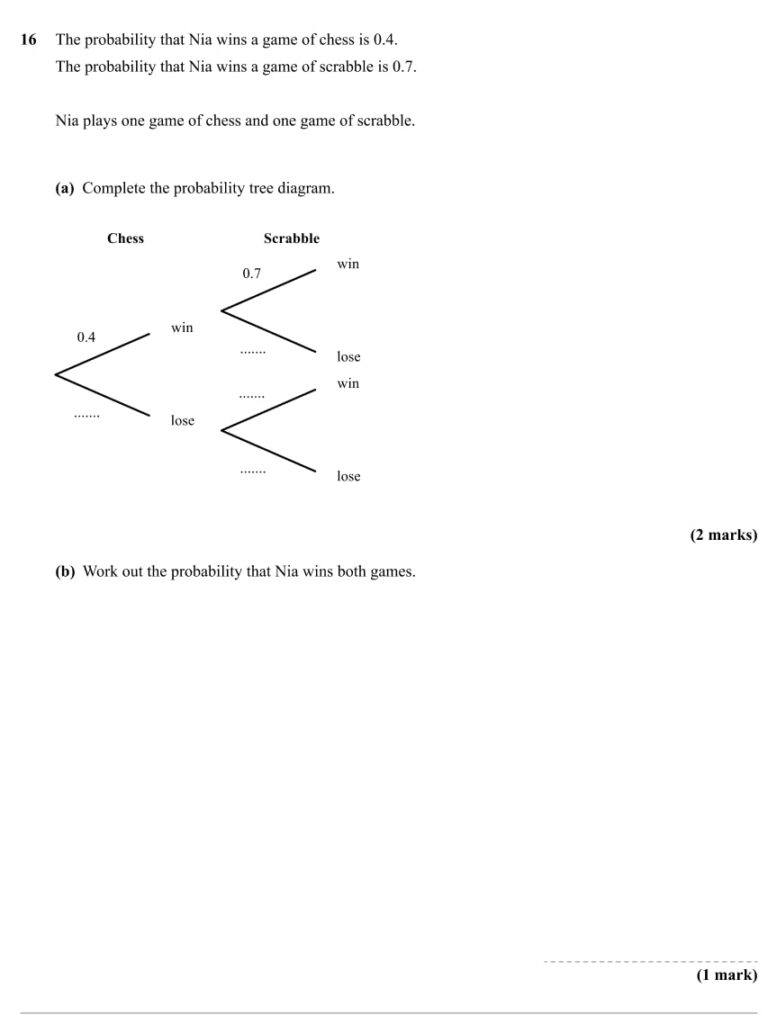
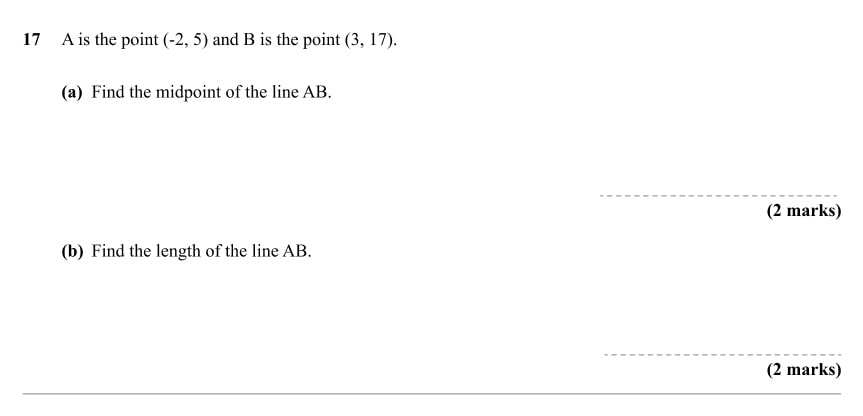
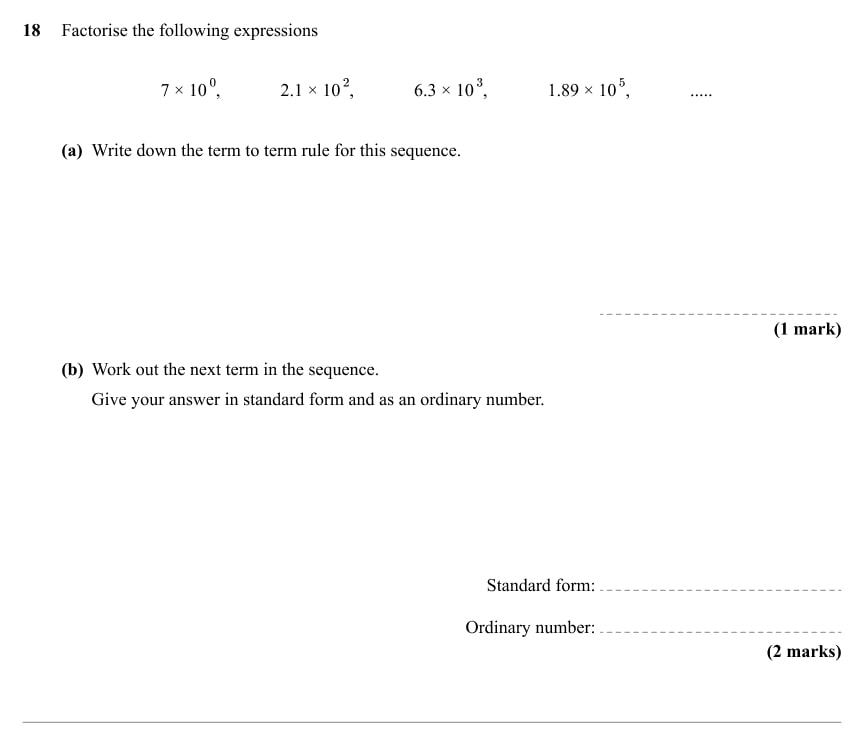
More support for Year 9
If there is a particular topic or area of study that you would like more ideas or support with, check out the GCSE maths revision pages from Third Space Learning, many of which are also relevant and useful to Year 9 maths students.
Other recommended KS3 resources
- Articles on Year 7 Maths, Year 8 Maths and Year 9 Maths
- Year 7 maths test
- Year 8 maths test
- Fun maths problems for KS2 and KS3
- 30 problem solving maths questions
By the end of Key Stage 3, students should have a broad understanding of many topics across the six main areas of maths:
Number: fractions, decimals, percentages, place value, negative numbers, factors and multiples, rounding, order of operations, standard form
Algebra: manipulating algebraic expressions, expanding and factorising, solving linear equations, using formulae, sequences, straight line graphs, inequalities
Ratio, proportion and rates of change: ratio, direct and inverse proportion, conversion rates
Geometry and measures: area and perimeter, surface area and volume of 3D shapes, angles, parallel lines, properties of polygons, transformations, speed/distance/time, construction and loci, bearings, congruence, Pythagoras theorem
Probability: theoretical probability, experimental probability, sample space diagrams, venn diagrams, probability of combined events
Statistics: data collection, pie charts, scatter diagrams, averages including from a table
You can find a full list of topics that students should cover by the end of KS3 here.
Year 9 maths builds on the maths done in Years 7 and 8. You can prepare for Year 9 maths by revising topics covered in Years 7 and 8 and ensuring you are confident with as many of these as possible. Some good resources to help you with this are:
Revision guides available on Third Space Learning
Subscription sites that your school may use, for example mymaths or mathswatch
CGP workbooks or other maths revision guides/workbooks
By Year 9, there will be variation in the level that different students are working at. Most students in Year 9 will be working between GCSE grades 2 and 5. Different schools use different types of levels for Key Stage 3 maths so it is best to check how your school assigns levels to your work.
Year 9 work builds on work done in Years 7 and 8 and some new topics are introduced to prepare you for the GCSE course.
DO YOU HAVE STUDENTS WHO NEED MORE SUPPORT IN MATHS?
Skye – our AI maths tutor built by teachers – gives students personalised one-to-one lessons that address learning gaps and build confidence.
Since 2013 we’ve taught over 2 million hours of maths lessons to more than 170,000 students to help them become fluent, able mathematicians.
Explore our AI maths tutoring or find out how online maths tuition could support students in your school.
